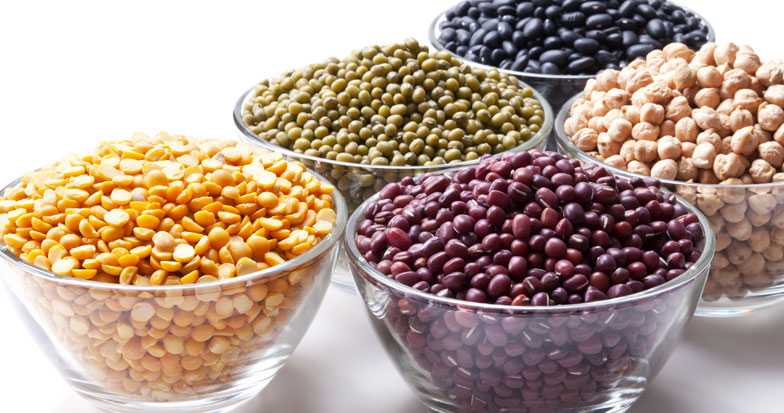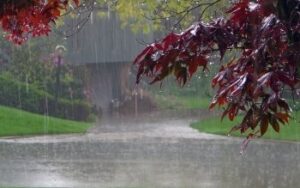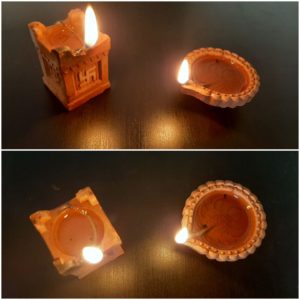We are all aware of pulses and they are found in most Indian homes. In this post I will talk about the Ayurvedic point of view of this staple food item. Since we are eating them, lets know the right way to eat them.
Why should we have dals or pulses?
Ayurved recommends maintaining balance in all sphere of life. Balance in food is of prime importance. It also explains concepts in a way that all of us can easily connect to and understand. Only then can they become a part of our daily life.
When we look at our plate served with food, immediately we should be able to see balance. Among the six tastes, among the colours, among the heating or cooling properties of food, among the form of food preparation etc. To know more Ayurvedic information on food read http://ayurvedicanswers.com/preventive-ayurved/food/
Fluid balance
Food should have the dry and wet or fluid part in balance. A dry meal of just roti sabzi on a regular basis requires much more effort from the digestive system to be digested and then from the other systems too as it tries to compensate for the dryness. Cooked dals or pulses provide the much needed fluid component in a meal. This helps to balance the roti and rice. When a balanced meal goes into the stomach daily the system functions smoothly. It has the water it needs and thus does not borrow it from other systems. The blood composition stays in balance and so do all other tissues.
The hormones, the enzymes, the fluid in joints, the urinary system all require fluid for its normal working.
Weight check (Kaf balance)
Most dals help keep weight in check. Wheat chapati and rice that we have almost for all meals are kaf promoting food. This is the dosh responsible for weight gain. Dals on the other hand are vat and pitt promoters predominantly. So together they keep the kaf in balance. To understand about kaf better, read http://ayurvedicanswers.com/ayurvedic-principles/tridosh/
Nutrition
Yes, pulses provide us with proteins (note- non dairy protein) and fiber and other nutrients as well. They have low fat and a low glycemic index too. This is the language that most of us are used to hearing. We may not be able to see the protein etc, but we can surely see how the bowl of dal balances our thali. Understanding is more important than complicated details.
How should dals be cooked?
To gain the benefits dals carry and to prevent the problems commonly associated with eating dals it is important to know the correct way of cooking dals. Dals will not cause too much gas, acidity, abdominal discomfort when cooked as below.
- Use unpolished dals.
- Soaking
Wash and soak dals in water for at least one hour prior to cooking. Discard the water used for soaking. Whole pulses need to be soaked even longer, around 8 to 10 hours. This helps in re hydrating the dals and pulses. Cooking them after soaking becomes easier.
- No pressure cooker
Do not use a pressure cooker to cook the dals. That is not cooking at all. As the name suggests it is the use of pressure. The dals are pressurized and they break. It takes much less time compared to cooking without a cooker. So the dals don’t really get the heat they should be getting to cook up well. They just end up breaking and we think it is all mushy, so must be cooked.
Cooking without a cooker, in a pan covered with a lid, on a medium flame is the ideal way to cook. Let it stay the time it needs to become soft and cooked.
If we pressurize the dal, it will surely create pressure (gas) on our intestines too
- Spices
During cooking add easily available spices like ginger, green chilli, asafoetida (hing), curry leaves and turmeric. At the end add coriander leaves.
- Oil/Ghee
Once cooked well, temper with oil or ghee (Tadka)
Add mustard seeds, cumin, a bit of clove and cinnamon.
- Consistency
The final dal should not be too thick. Keep it a thin, fluid type consistency that can be sipped between bites of food.
Which dals and how much?
*Moong as whole pulse, dal with chilka and the yellow moong dal all are easy on the stomach, can be had regularly by everyone.
*Masoor dal too is light to digest.
*Tur dal comes next after moong and masoor. When cooked well it is well digested by most and is nutritious too.
*Urad dal is heavy to digest and should not be had often. It is good for those trying to gain weight.
*Moth beans are better when sprouted. Using garlic is important when cooking sprouts.
*Whole pulses like rajma, chole, black eyed peas, white peas are quite heavy to digest, should be had during the winter months and lesser in quantity. Also they are best avoided for dinner. Use good amount of ginger and garlic along with other spices.





Nehal ved
30 May 2020Please give some information on how to eat mango and avoid bloating because of it.
Ayurvedic Answers
31 May 2020Dear Nehal, you will soon get the information in our upcoming blog.